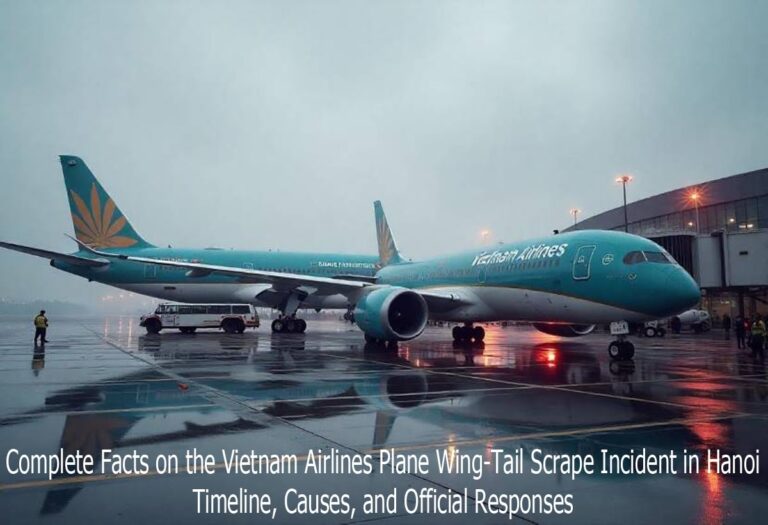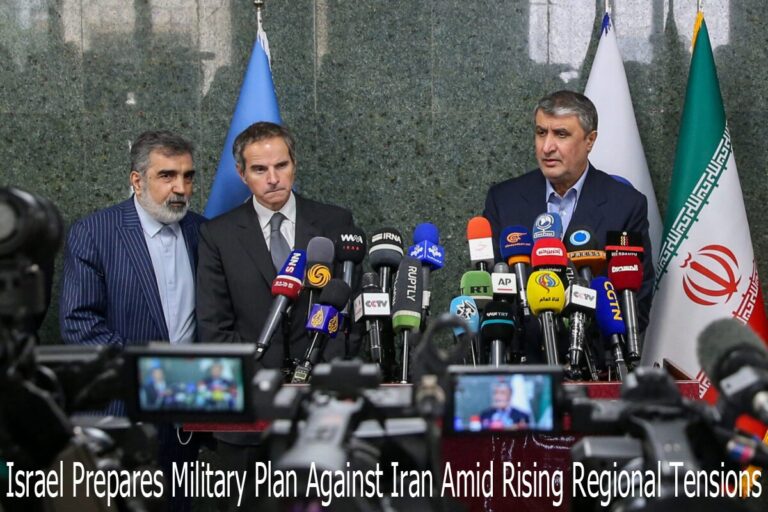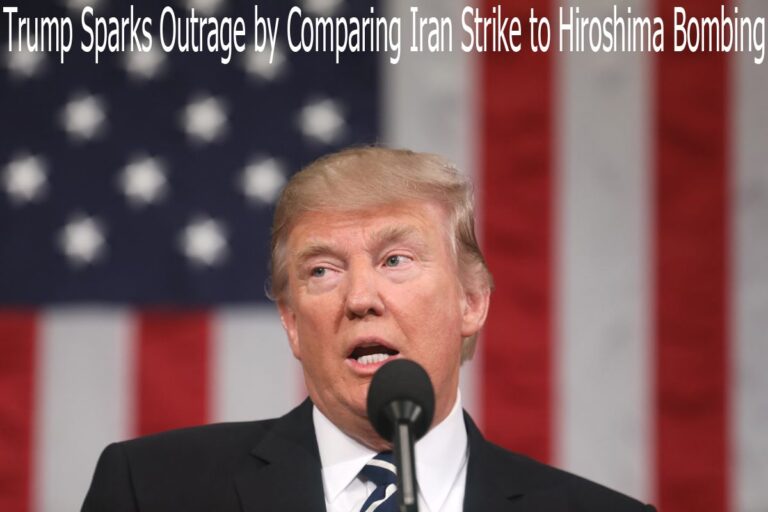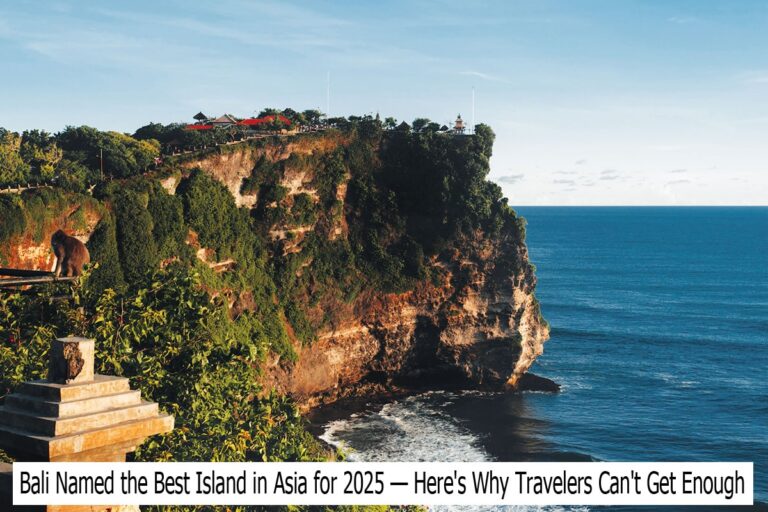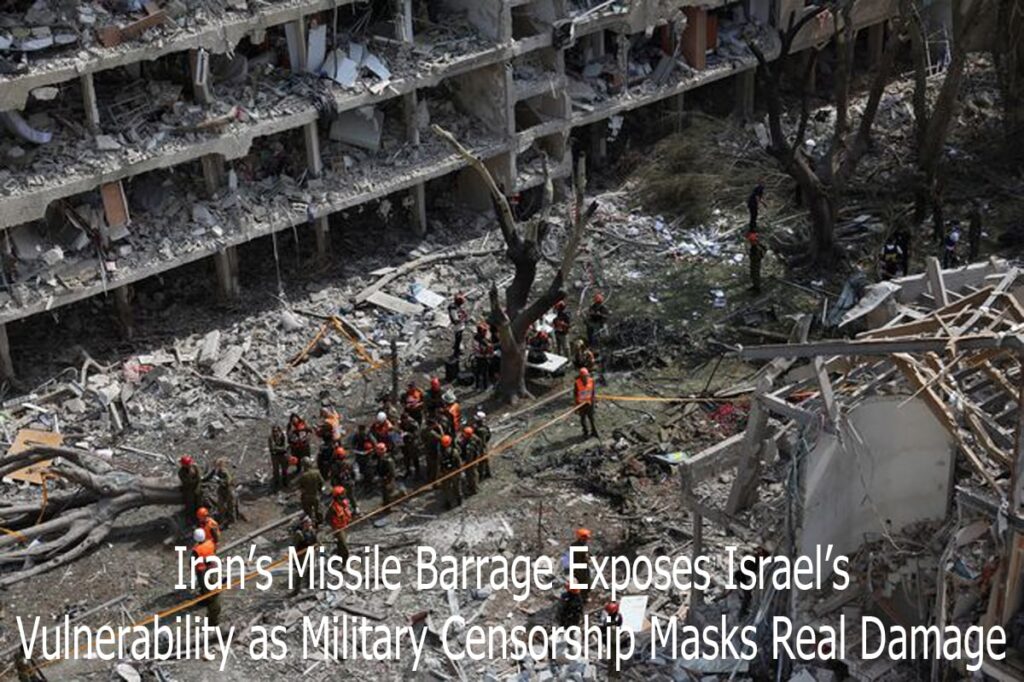
Iran's Missile Barrage Exposes Israel's
A wave of Iranian ballistic missile attacks on Israeli cities earlier this month has left widespread destruction and civilian casualties. Yet the full extent of the damage remains shrouded under a strict veil of military censorship imposed by the Israeli government.
While Israeli media acknowledged that dozens of missiles struck key cities such as Tel Aviv, Haifa, and Be’er Sheva, independent assessments of casualties and infrastructure losses have been difficult due to legal restrictions on war zone reporting. Both domestically and globally, this presents significant questions about openness and public knowledge.
Casualties and Infrastructure Damage
According to reports from Anadolu Agency, the recent escalation resulted in 29 deaths and over 3,400 injuries across Israel. Emergency services received more than 38,000 damage reports, most related to residential buildings, vehicles, and public infrastructure. Several apartment complexes in Haifa and southern Tel Aviv were reportedly hit directly by missile fragments, despite the operation of Israel’s renowned Iron Dome defense system.
Images and videos shared through unofficial channels reveal shattered windows, collapsed building facades, and widespread blackouts. In central Tel Aviv, entire city blocks were briefly evacuated amid fears of secondary attacks. Fire and rescue units reported that many victims were injured not only by missile blasts but by falling debris and broken infrastructure.
A Climate-Driven Disaster Amplifies the Chaos
Following the missile strikes, large-scale wildfires erupted in several parts of central Israel, including Ness Ziona, with reports suggesting a link between missile debris and the ignition of dry vegetation during a heatwave. Local media reported temperatures above 34°C, creating ideal conditions for fires to spread. Though no fatalities have been confirmed, multiple homes were lost in what officials describe as the most serious environmental aftermath of a military escalation in recent years.
Environmental analysts have warned that chemical and metallic fragments from intercepted missiles may also pose long-term ecological risks, particularly in densely populated urban zones.
Censorship and Control of the Narrative
Despite the severity of the attacks, Israeli military censors have tightly restricted all coverage relating to the strike zones, damage levels, and even the missile interception process. According to a report by AFP, all journalists—both local and foreign—are required to obtain special written clearance to report from affected areas, even for visual documentation.
Several journalists were reportedly blocked or temporarily detained while attempting to report live from missile impact sites in Tel Aviv and Ramat Gan. The Government Press Office (GPO) justified the policy as a matter of national security, stating that “revealing hit locations would aid enemy forces.”
Critics argue that this censorship extends far beyond safety concerns. “This is an attempt to preserve the illusion of military invincibility,” said Prof. Jerome Bourdon of Tel Aviv University. “Israel is engaged in a parallel war—one for global perception. Controlling the media narrative is central to that strategy.”
International Response and Geopolitical Context
Iran’s missile attack was largely interpreted as retaliation for a joint Israeli-American strike on a suspected Iranian nuclear facility days earlier. While Iran did not directly admit to targeting civilians, several of the missiles landed in residential areas, prompting Israeli officials to accuse Tehran of war crimes—allegations the Iranian government firmly denies.
The incident has triggered strong reactions globally. The United Nations called for immediate de-escalation, while countries such as Turkey and Qatar praised Iran for its “measured response” against what they described as “ongoing Zionist aggression.”
In Gaza and parts of the Arab world, the Iranian strikes were seen as a symbolic moment—“a small taste of what Gazans have suffered for years,” as one resident in Rafah told Al Jazeera.
The Battle Beyond the Missiles
While much of the public focus remains on missile counts and casualty figures, the information war appears to be intensifying. As photos from independent sources continue to surface, contradicting official narratives, questions are mounting about the effectiveness of Israel’s censorship and the ethical implications of hiding the scale of domestic impact from its own citizens.
“People have the right to know if their homes are safe, if their infrastructure is intact,” said Nadav Cohen, a civil rights lawyer in Jerusalem. “A democracy cannot adopt censorship as a general policy.”
Conclusion
As the dust settles on this latest round of military confrontation, the broader damage—physical, political, and psychological—is still being assessed. The veil of censorship may delay full understanding, but it cannot obscure the truth forever: Iran’s missile barrage has marked a significant moment of vulnerability for Israel, one that no Iron Dome or news blackout can fully conceal.
